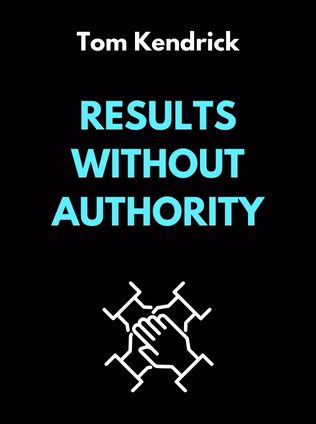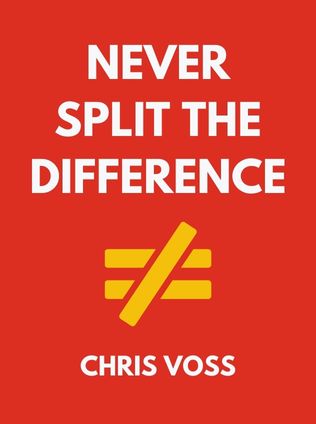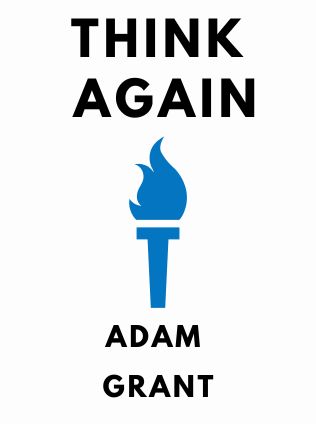
Results Without Authority
Controlling a Project When the Team Doesn’t Report to You
By Tom Kendrick
Published 01/2012
About the Author
Tom Kendrick is a seasoned program manager, having served most recently with Hewlett-Packard Company. He is also the author of several influential books on project management, including Identifying and Managing Project Risk and The Project Management Tool Kit. Kendrick conducts project management classes and presents at conferences and universities on topics such as program management and project risk.
Main Idea
Tom Kendrick's book, Results Without Authority, tackles the challenges faced by project managers who must deliver successful outcomes without having formal authority over their team members. By offering proven techniques and strategies, Kendrick provides a roadmap for controlling projects and managing diverse teams, emphasizing the importance of collaboration, influence, and well-defined processes over traditional command-and-control approaches.
Table of Contents
- Introduction
- Control of Projects
- Elements of Project Control
- Control Through Process
- Control Through Influence
- Control Through Project Metrics
- Control Begins with Project Initiation
- Building Control Through Project Planning
- Maintaining Control Through Project Execution
- Enhancing Overall Control Through Project Closure
- Conclusion
Introduction
In environments where project leaders lack formal authority, the challenge is to achieve successful outcomes by leveraging influence and collaboration. Results Without Authority offers strategies for managing such projects effectively, providing alternatives to conventional management techniques that may not be applicable.
Control of Projects
Projects today often involve contributors who do not report directly to the project manager. Kendrick argues that successful project leaders must assume control regardless of their formal authority. Key elements to focus on include:
- Measurement
- Reporting cycles
- Milestones
- Communication
- Project reviews
- Change management
- Rewards and recognition
- Constructive criticism
- Reciprocity and exchange
- Risk monitoring
Kendrick emphasizes that these elements are crucial for maintaining control in any project. For example, regular communication and clear milestones help keep the team aligned and focused on the project's goals. By implementing effective measurement and reporting cycles, project managers can track progress and address issues promptly.
Elements of Project Control
Three principal elements enhance project control:
"Project processes provide the structure necessary for control and can serve as an effective substitute for organizational authority." - Tom Kendrick
- Project Processes: These provide the necessary structure for control and serve as a substitute for authority.
- Influence: Building trust and respect within the team makes cooperation easier.
- Metrics: Measuring key project aspects and publishing the results can significantly impact progress.
Project processes help define the framework within which the project operates. This framework includes methodologies, life cycles, and specific procedures tailored to the project's needs. Influence, on the other hand, is about building relationships and fostering a collaborative environment. Metrics provide quantitative data to guide decision-making and track the project's health.
Control Through Process
Successful project management involves achieving objectives, managing processes, and leading the team. Collaborative fine-tuning of processes augments trust and encourages appropriate behavior. Assessing your organization's current project management status is crucial before defining new processes.
Project life cycles and methodologies provide structure and consistency. The waterfall and agile life cycles are two main types, each with distinct approaches and benefits. A clear project charter and well-defined processes are essential for maintaining control.
Kendrick describes how different life cycle models, such as waterfall and agile, serve various project needs. The waterfall model, with its sequential phases, is suitable for projects with well-defined requirements, while the agile model, with its iterative cycles, allows for flexibility and adaptation.
Sign up for FREE and get access to 1,400+ books summaries.
You May Also Like
How To Win Friends and Influence People
The All-Time Classic Manual Of People Skills
By Dale CarnegieQuiet: The Power of Introverts
The Power of Introverts in a World That Can't Stop Talking
By Susan CainThe Lean Startup
How Today's Entrepreneurs Use Continuous Innovation to Create Radically Successful Businesses
By Eric RiesWho Moved My Cheese?
An Amazing Way to Deal with Change in Your Work and in Your Life
By Spencer Johnson, M.D.Make Your Bed
Little Things That Can Change Your Life...And Maybe the World
By William H. McRaven



















